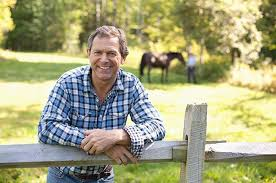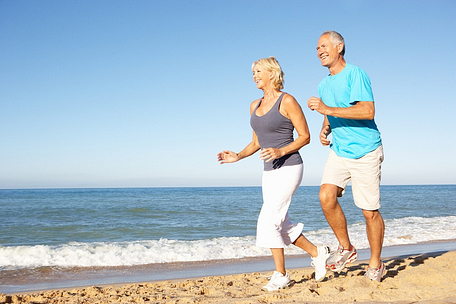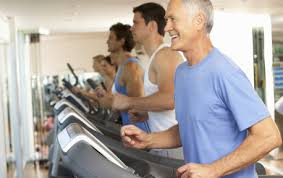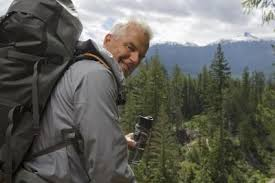[Guest Post by Dr David Juan].
Thursday, May 10th, 2012 Bladder, Men’s Health, Prostate by Dr. David Juan

In order to appreciate potential remedies, you need to know a little bit about the anatomy of the urinary tract and, in particular, the prostate gland.
As shown in the diagram, the prostate gland is closely associated with the urinary system and
It is a walnut-sized gland that produces the liquid part of semen.
The prostate gland is located just beneath the bladder where your urine is stored and in front of the rectum. Like a donut, it encircles a section of the urethra, which is the tube that carries urine from your bladder through the penis.
The male testicles, in addition to producing sperm, also produce testosterone, which has an important role in controlling the growth and function of the prostate gland.


Symptoms include:
– Urgency and frequency to urinate
– Post-void dribbling
– Incomplete emptying of the bladder
– Pain with urination
– Waking up several times at night to go to the bathroom
– Decreased force and flow of the urine stream
– Urinary hesitancy
What Helps?
There is evidence that a natural herb, Saw Palmetto, inhibits the 5-AR enzyme and interferes with the binding of testosterone and DHT to androgen receptors in the prostatic cells. Saw palmetto has also been shown to shut down inflammation that contributes to the enlarged prostate.
Of the 20 amino acids we all need to survive, the human body only produces 10. Men and women must rely on food to get the other 10 and because we don’t always eat right, supplementing is a smart way to ensure the body has the ingredients it needs for a healthy prostate and normal gland function.
Author’s Bio:

See more at: http://www.doctorshealthpress.com
You might be interested in:
Body Image is a huge thing in today's society,...
Sugar has become no.1 on the Dangerous Foods L...
Ed's Note: If you are looking to lose weight, redu...


